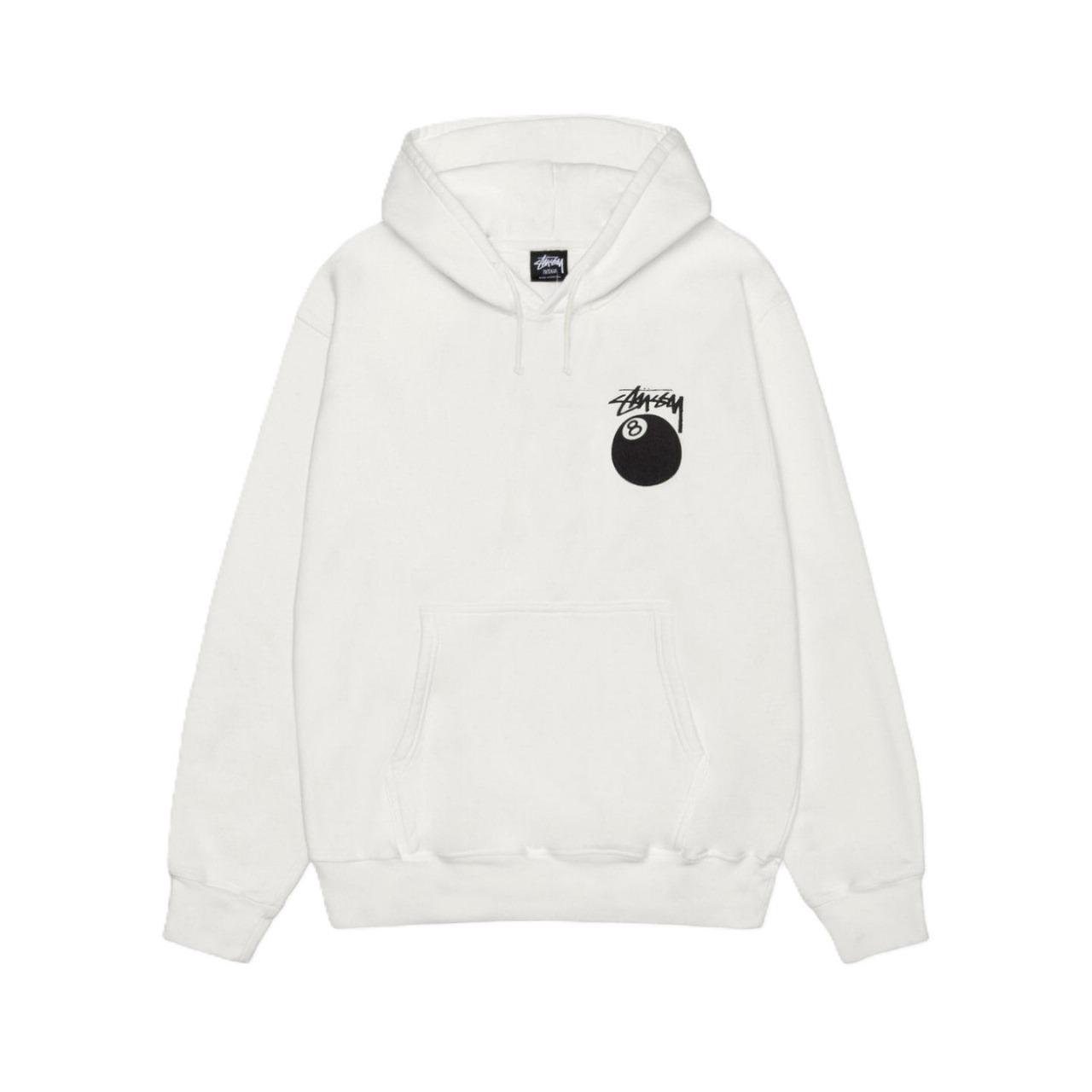How Asian Food Shopping Changed My Pantry

I didn’t go in looking for a life-changing ingredient. I just needed soy sauce. A recipe had called for light soy, and I figured my regular supermarket bottle would do the trick. But something nudged me toward a shop I’d always walked past, a small, busy-looking place with bright red signage and baskets of fresh produce outside.
Inside, it was a different world. I was surrounded by shelves of colourful bottles, unfamiliar vegetables, and spices I couldn’t name. The air smelled like five different countries at once. That was my first experience with proper Asian food shopping, and it genuinely changed the way I stock my pantry and think about food.
What I didn’t realise back then was that behind every product on those shelves was a network of specialist suppliers, importers, and distributors sourcing authentic food and beverage items from all over the world. Every bottle of tamari or packet of pandan leaves had a journey, and that journey quietly transformed mine too.
The difference between shopping and sourcing
Walking through an Asian grocer feels different from regular shopping. There’s a sense of depth. You don’t just pick up items—you discover them. Labels are sometimes hand-translated, packaging is multilingual, and the ingredients come from Japan, Thailand, Vietnam, Korea, China, and beyond.
But what’s behind the scenes is even more complex. As I later learned, the real magic comes from the people and businesses who source exotic and authentic food and beverage products, sometimes from small regional producers or family-run operations, and make them available here in Australia.
For someone like me, just trying to make better stir-fries or dabble in home-style ramen, it meant I could buy ingredients that were once impossible to find unless you travelled overseas. These products don’t show up by chance. They’re part of a deliberate effort to bring global flavours to local kitchens.
So while my pantry was expanding, I was also unknowingly connecting to a whole supply chain built around cultural knowledge and care.
What started appearing in my pantry
Back then, I had a pretty standard setup. Olive oil, balsamic vinegar, tinned beans, pasta. Maybe a curry paste or two. Now? My pantry feels like a passport.
Here’s what made its way in after that first shop:
-
Jasmine rice in 10kg sacks
-
Glass jars of XO sauce and fermented chilli bean paste
-
Dried seaweed sheets for on-the-fly sushi nights
-
Bottles of sesame oil and black vinegar
-
Packs of coconut cream from Thailand, not the watered-down supermarket kind
-
Instant noodles that come with five flavour sachets instead of one
I was no longer just shopping; I was building a kitchen toolkit. And I owe much of that to businesses working behind the scenes to bring these products here and make them accessible.
If you're getting into this yourself or expanding your range, it's also worth knowing how to store and prepare ingredients safely. Here’s a government resource covering food safety in groceries that I’ve found useful over the years.
Cooking differently because I had better ingredients
I always thought I wasn’t a “natural cook.” But I realised I wasn’t uninspired, I just didn’t have the right ingredients. Once I started using real tamarind paste, fish sauce from Phu Quoc, or gochujang that wasn’t watered down, everything tasted different. Better. Brighter. More honest.
Meals didn’t take longer, but they felt more satisfying. A packet of soba noodles and a few condiments became lunch. A tub of miso paste and some leftover greens became soup. Dumpling wrappers, frozen pork mince, and some spring onions turned into a weekend project.
What I was discovering were the essential ingredients for Asian home cooking, items that add depth, balance, and complexity in just a spoonful or two. Some of these products were once considered niche. Now they’re everyday staples, and it’s thanks to the rise of businesses offering a one-stop shop for all your Asian food needs, whether for home cooks, chefs, or restaurant owners.
Where I go and how I shop now
The broader grocers carry a bit of everything, and are usually my go-to when I want to restock multiple items in one trip.
If you’re new to it, try searching for an Asian food shop and go exploring. Look for high foot traffic. Busy freezers. A rice aisle that takes up an entire wall. That’s a good sign you’re in the right place.
It also helps to learn about local Asian markets in your area. These places often have ties with distributors and importers who ensure quality and freshness across a wide range of products.
The best part? Once you build confidence in where you shop, you stop second-guessing the ingredients. You start recognising brand names. You know which coconut milk doesn’t split, or which noodles hold up best in soup. It’s not just shopping anymore—it’s informed decision-making.
The bigger impact I didn’t expect
The comedy comes from beginning this all with the aim of making a better stir-fry. But the ripple effect has gone much past my cupboards right now.
My family's diet varies. Often we cook together. Favourites of my children include brands of chilli crisp. My partner has begun pickling vegetables. Five sauces in our refrigerator, we once could not pronounce. And the food feels a little more personal, like it has a tale, when visitors visit.
More than just acquiring fresh goods, it is. It is about being part of a food culture that values depth, patience, and quality. This is only achievable if you have the right backend systems—people locating the good stuff, understanding what chefs need, what home cooks desire, and making all available in one place.
Final thoughts
You are losing more than simply ingredients if you have never investigated purchasing asian food. You are passing up the chance to cook purposefully, acquire knowledge through taste, and engage with traditions spanning way further than your postcode.
And for companies like mine meant to provide genuine goods to your shelves, it is about more than just supply and demand. It is about promoting food culture on every level, from the family meal to the neighbourhood noodle store.
Go ahead then. Enter the grocer you have always been curious about. Inquire about questions. Give something else a try. Make room in your cabinet, too. You will need it.








